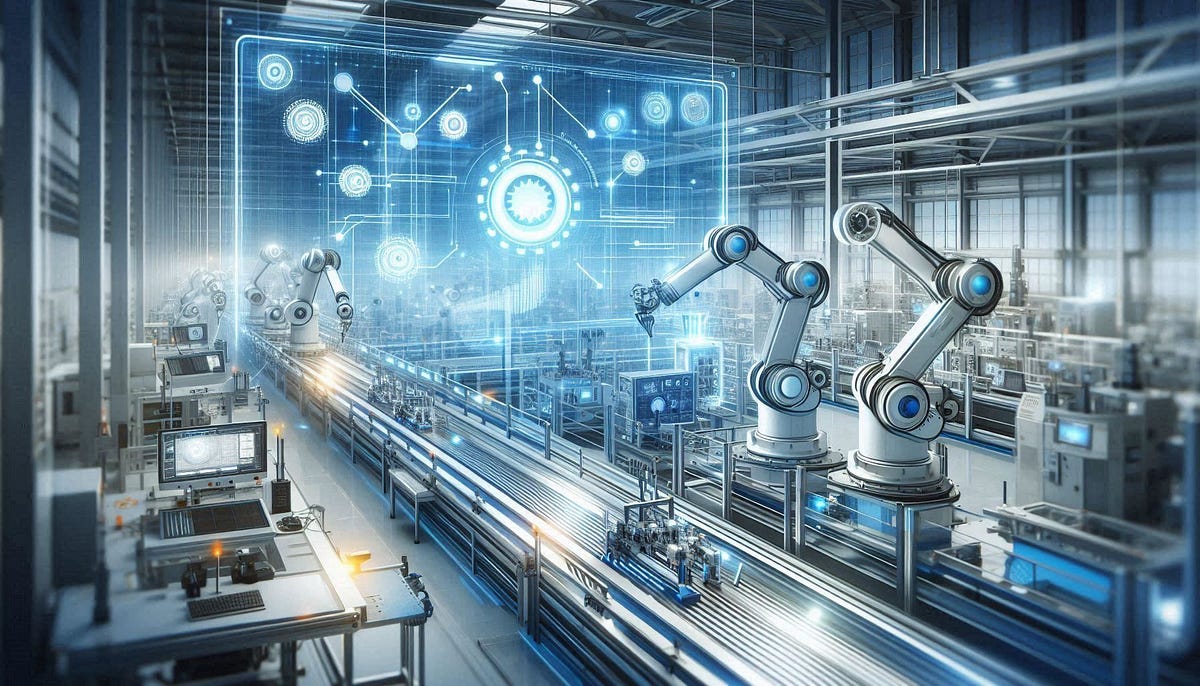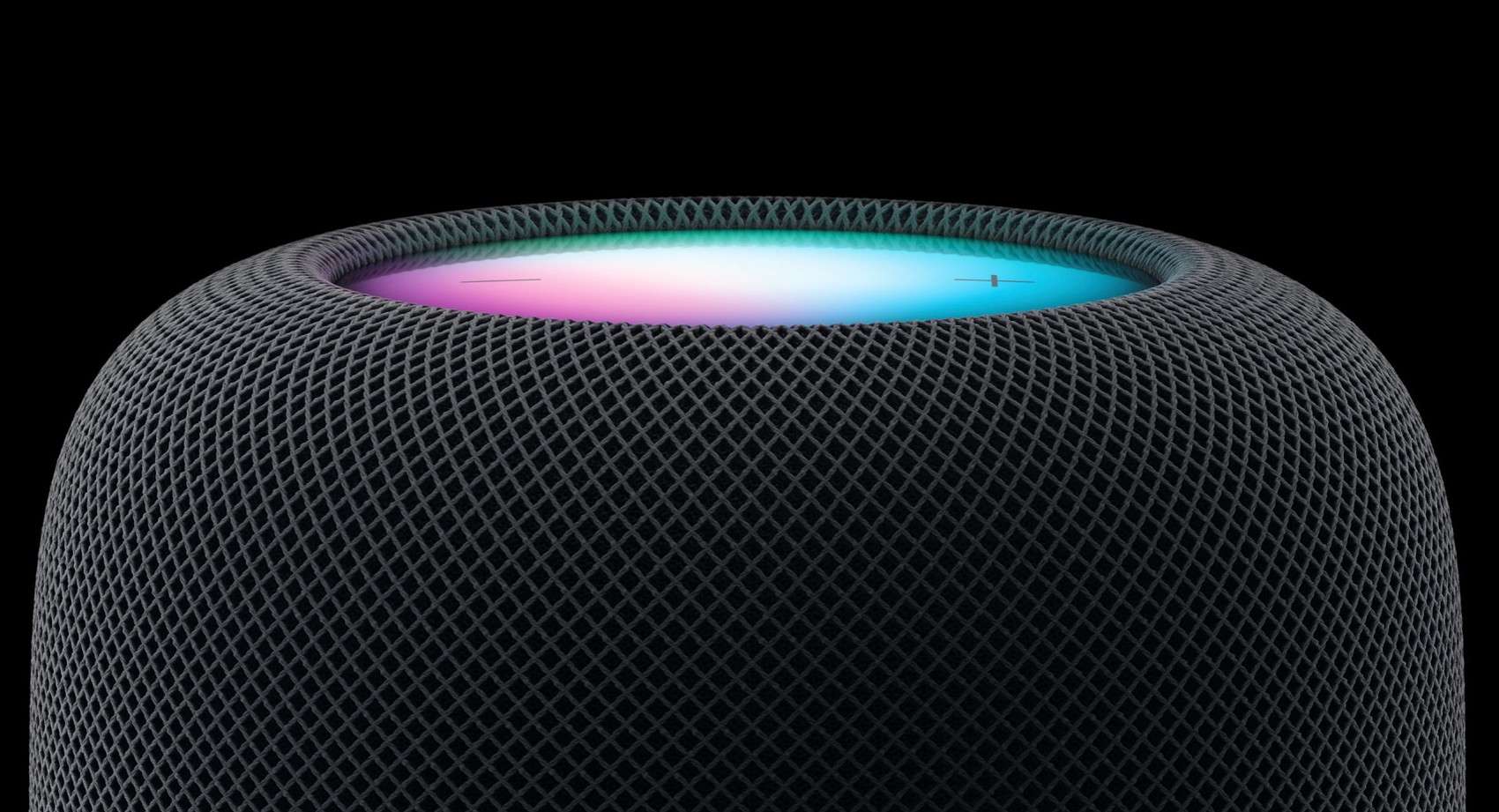Revolutionizing Industries: The Impact of Robotics on Modern Business
Robotics technology has made significant strides in recent years, transforming industries across the globe. From manufacturing to healthcare, robotics is enhancing efficiency, reducing costs, and improving safety. This article explores how robotics is reshaping various sectors, driving innovation, and changing the way businesses operate.
Manufacturing and Automation
The manufacturing sector has been one of the earliest adopters of robotics technology. Automated machines and robots are streamlining production lines, performing tasks such as assembly, welding, and painting with precision and speed. Companies are increasingly using industrial robots to reduce labor costs, improve product quality, and enhance safety by taking on hazardous tasks. For example, automotive manufacturers have implemented robotic arms to handle heavy components, reducing the risk of injury to human workers.
Healthcare Innovations
In healthcare, robotics is revolutionizing surgical procedures and patient care. Surgical robots assist surgeons in performing minimally invasive operations, offering enhanced precision and control. These robots reduce recovery times and improve patient outcomes. Additionally, robots are being used in rehabilitation therapies, helping patients regain mobility through personalized exercises. Telepresence robots are also enabling remote consultations, making healthcare more accessible, especially in rural areas.
Logistics and Supply Chain
The logistics industry is experiencing a major transformation due to robotics. Automated guided vehicles (AGVs) and drones are streamlining warehouse operations, facilitating the movement of goods, and improving inventory management. Companies like Amazon and Walmart are utilizing robots to pick and pack products efficiently, significantly reducing order fulfillment times. In addition, drones are being explored for last-mile delivery, offering a faster and more cost-effective solution for transporting goods directly to consumers.
Agriculture and Food Production
Robotics is also making waves in agriculture, where it is being used to automate various tasks such as planting, harvesting, and monitoring crops. Drones equipped with sensors can assess crop health, enabling farmers to make data-driven decisions to optimize yields. Additionally, autonomous tractors and robotic harvesters are improving efficiency and reducing labor costs in food production. These advancements help address the challenges of feeding a growing global population while minimizing the environmental impact.
Retail and Customer Experience
In the retail sector, robotics is enhancing customer experiences and operational efficiency. Retailers are using robots for inventory management, shelf scanning, and customer service. For instance, robots can assist customers in finding products or provide information about promotions. Furthermore, automated checkout systems are streamlining the purchasing process, reducing wait times, and improving overall customer satisfaction.
Conclusion
The integration of robotics into various industries is transforming how businesses operate, driving innovation, and improving efficiency. From manufacturing and healthcare to logistics and agriculture, robotics is reshaping the landscape of modern industry. As technology continues to evolve, the potential for robotics to enhance productivity and create new opportunities is limitless. Embracing these advancements will be crucial for businesses looking to stay competitive in an increasingly automated world.














Post Comment